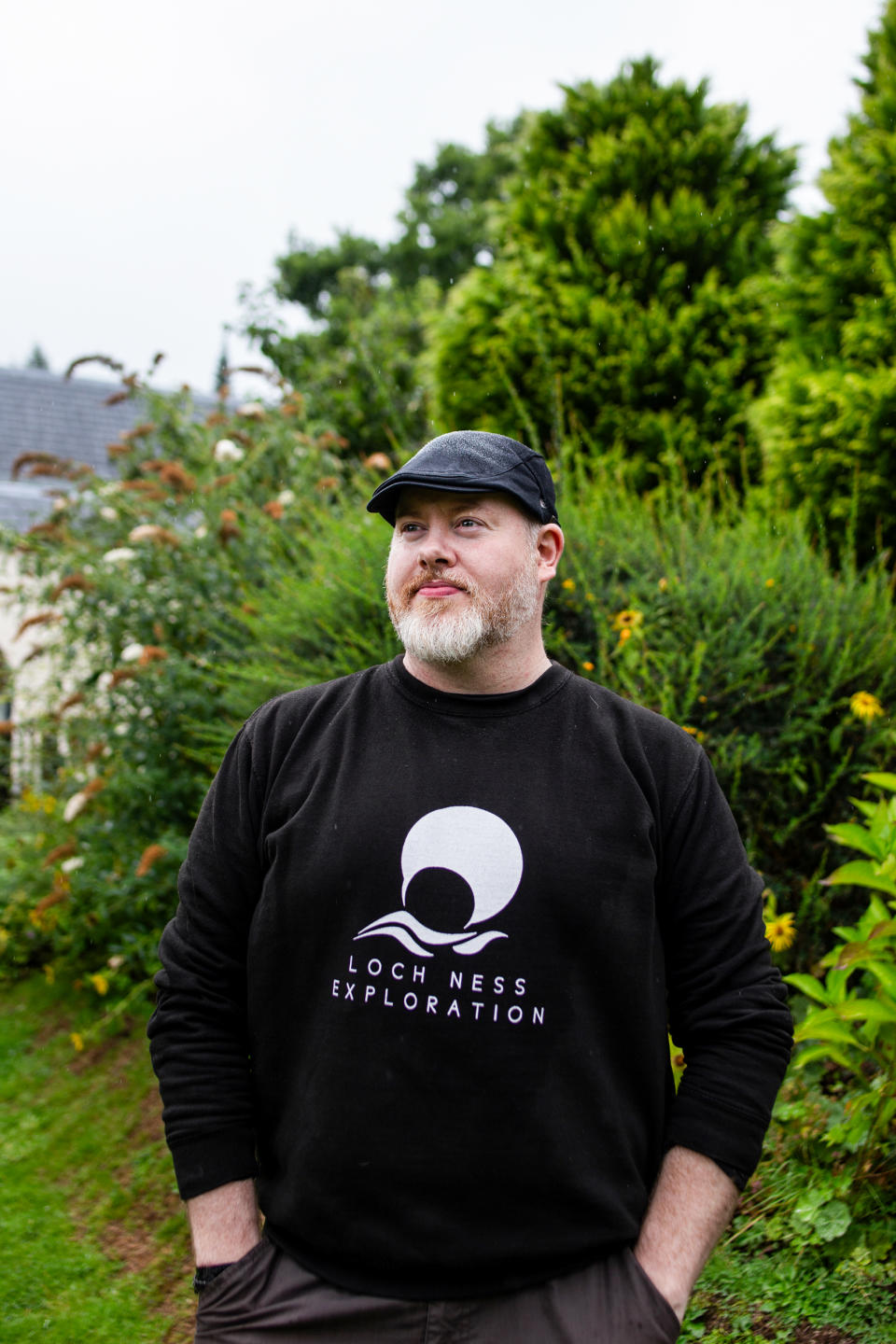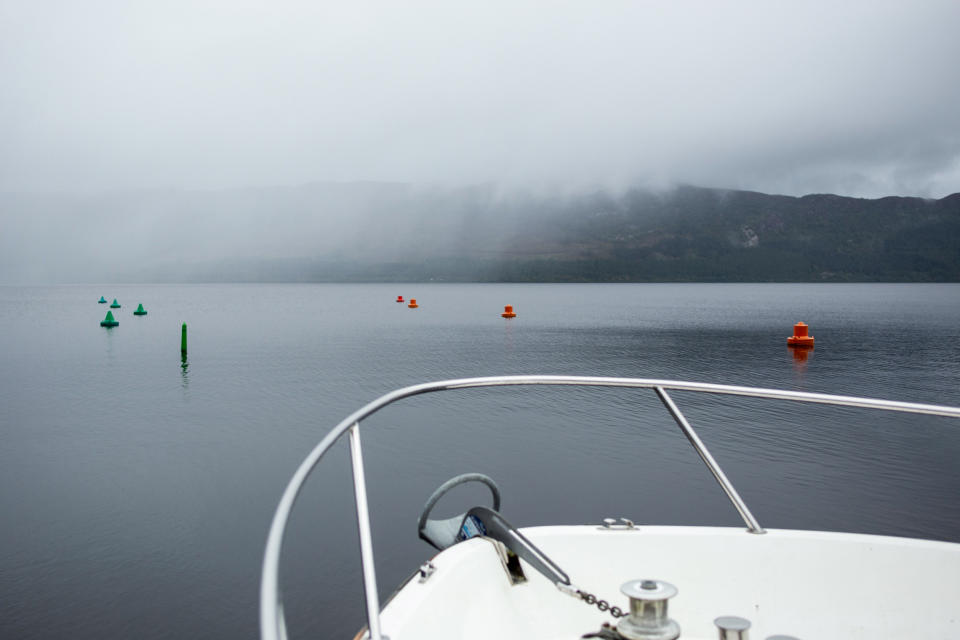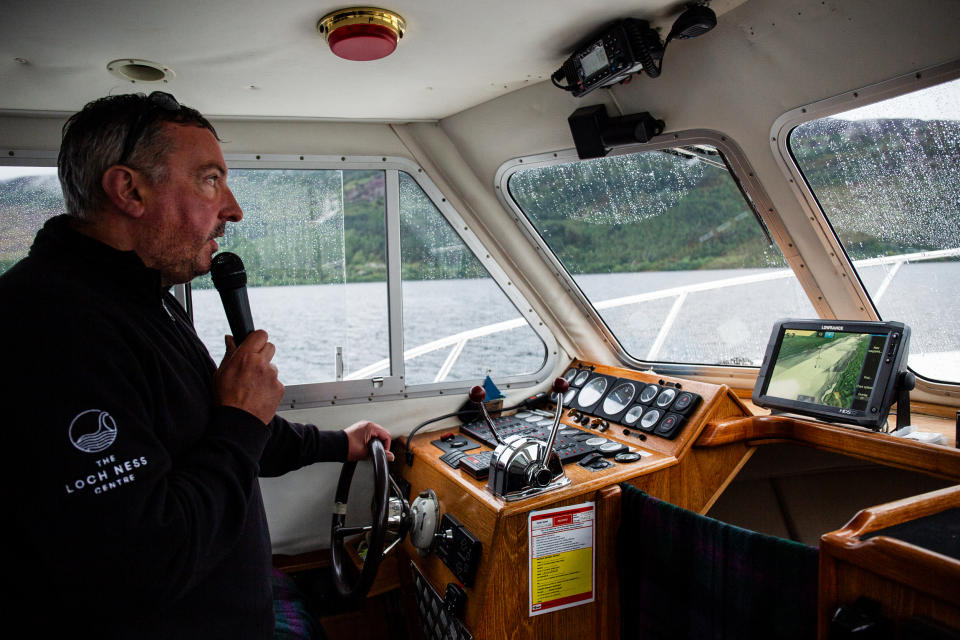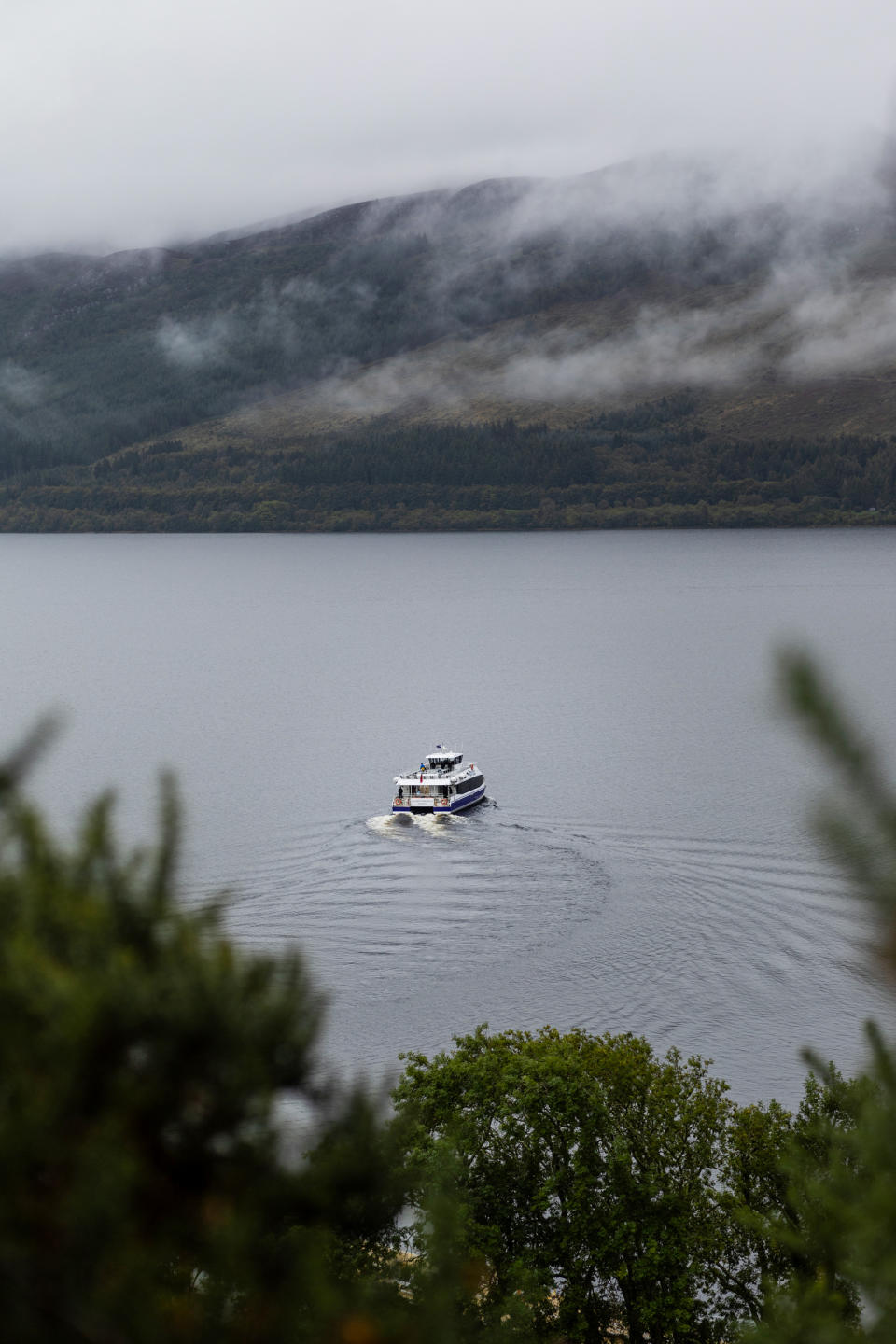Inside the largest Loch Ness Monster hunt in decades
LOCH NESS, Scotland — The legend of the Loch Ness Monster has fascinated generations of curious minds. Over the weekend, 90 years after its first modern supposed sighting, enthusiasts descended again on this picturesque lake in a quiet corner of the Scottish Highlands in hope of turning myth into reality.
Organizers billed the weekend’s events as the largest organized “Nessie” hunt for 50 years.
And the hunters came armed with high-tech help: sonars for mapping the lake bed, thermal-imaging drones for scanning the surface and hydrophones to hear strange sounds from the depths.
The events were even opened to the global public — hundreds of people were invited to a livestream of the water’s surface to add more eyes to the search.

Even with all the machines and added manpower, the gathering at Loch Ness was as much about reviving old lore as settling hard science. Organizers said they planned the weekend to excite interest in the legend among a new generation of Nessie hunters.
“It’s about inspiration,” said Alan McKenna, the head of Loch Ness Exploration, an independent research group based on the lake’s shores that planned the event as a kind of call for volunteers. “For very selfish reasons I don’t want the Loch Ness mystery or interest in Loch Ness itself to diminish in any way whatsoever at all.”
Those “selfish” reasons don’t include a commercial motive, said McKenna, who added that he is an unpaid volunteer. Though the legend could bring in as much 41 million pounds (about $52 million) every year to Scotland’s economy, according to a 2018 study reported by Scotland's Press and Journal newspaper, enthusiasts like McKenna say the search is really just about having fun, keeping faith and exploring the natural world.

Like the surface of a lake, the Loch Ness legend seems to reflect the hopes of those who gaze into it.
“I think she has babies and she’s looking after them right now,” Alba Sydow, 8, said as she surveyed the loch with her parents from the Deepscan, one of the organizers’ search boats. “So that’s why she’s hiding from us.”
Alba’s father, Malcolm Begg, 47, a pharmaceutical company employee, had his own remarkably specific ideas about the monster.
“I think it’s like a diplodocus with fins,” he said, referring to a Jurassic-era dinosaur, while lamenting that most images of the monster have been too grainy to discern a definitive shape.

The focus of the two-day event was at the Loch Ness Centre, which organized the proceedings in partnership with Loch Ness Exploration, a voluntary research team. The recently renovated center is housed in a former hotel where Aldie Mackay, a hotel employee, sighted a “beast” or “whale-like fish” in 1933, the first modern “sighting” of the monster that set off the global phenomenon.
But the legend dates to writings from the seventh century in which an Irish monk reported having encountered a “water beast” that had mauled a swimmer.
Nessie has been so popular for so long that her myth can sometimes feed herself (if, like Alba, you imagine the monster as female).
Alistair Matheson, the skipper of the Deepscan, which trolled the lake with volunteer searchers like Alba, showed how the boat’s sonar technology had recently spotted a perfect outline of a huge Nessie-shaped monster.
But the shape on Matheson’s radar screen turned out to be a sunken Nessie model that had been made for a movie about the monster and then abandoned at the bottom of the lake.

Even the Loch Ness Centre’s logo — the instantly recognizable picture of a sort of humped eel cruising through waves on the lake’s surface — comes from a fuzzy 1934 black-and-white photo that was later proven to be fake.
Still, Matheson describes himself as a “believer,” though he imagines the monster as “something from this Earth or something a bit more realistic” than some kind of ancient, alien or supernatural being. Scientists have speculated that the sightings could be huge catfish or giant eels.
But short of emptying the entire lake, Matheson said, nothing will ever truly disprove a legend that has become a matter of faith for so many.

“People come here, they’re desperate, they’re looking, they’re searching,” he said. “And they really, really want to be able to hope that there is something that us humans — you know, we think we can know everything, to an extent.”
The weekend in the Scottish Highlands attracted some for whom Nessie is more of a vocation than a hobby.
Ken Gerhard, an American cryptozoologist who researches and writes about “animals” that live on the fringes of our known reality, like Bigfoot, Chupacabra and Mothman, traveled to Scotland from the states just for the event.
“I’m 90% convinced she exists,” said Gerhard, who also seemed to believe in the monster’s femininity. “I’ve never had a sighting or an observation, but if you immerse yourself in the evidence, you have over a thousand good sightings that are very consistent.”

Beyond the shaky photographic “proof,” believers’ primary argument in favor of Nessie’s existence is that the lake’s immense size and dark, peaty waters make it impossible to rule out the existence of even a large creature.
Several volunteers mentioned that Loch Ness contains more water than all of the lakes of England and Wales combined.
Indeed, McKenna said they heard some “fantastic bizarre” sounds Friday, but unfortunately the recording equipment hadn’t been plugged in.
“It may well be gas escaping from the bottom of the loch,” he said. “It could be an animal.”
“Of course, it could be the elusive Loch Ness Monster,” he added.
So if any of the attendees were expecting the weekend to yield a revelation, they went home disappointed.

Nobody found the monster — but maybe that was never the point.
For many, it was a pilgrimage of faith — a kind of rejoinder to the high-tech dictates of hard facts that have left us so little room for magic and mystery.
“I think there’s always going to be a small part of me that wants to believe,” said Craig Whitefield, 29, a medical administrator from Scotland who spent the weekend scanning the lake’s surface with binoculars.
Like other volunteers, Whitefield said that only emptying one of the largest lakes in the world and checking every nook and cranny of the lake bed would satisfy his curiosity.
“It’s the same with every legend out there,” he said. “It just takes one person to believe, and it just continues.”
This article was originally published on NBCNews.com

